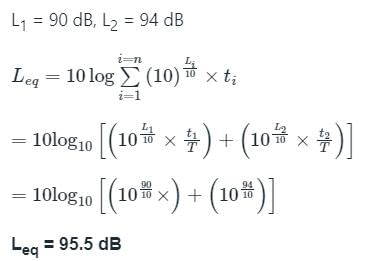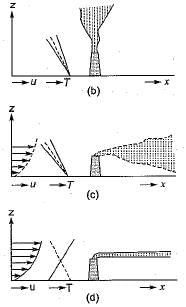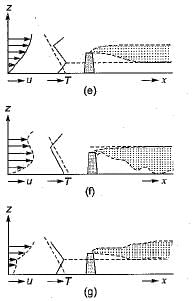Test: Air & Sound Pollution - Civil Engineering (CE) MCQ
10 Questions MCQ Test - Test: Air & Sound Pollution
Depletion of ozone layer in the outer atmosphere is likely to increase the incidence of
Pollution by depletion of ozone layer, in the environment, is caused due to the reaction of ozone with
The primary air pollutant, which is formed due to incomplete combustion of organic matter, is
A rainfall is generally classified as acidic, if its pH is less than or equal to.
The most significant primary gaseous pollutant, found in vehicular emissions, is
Match List-l with List-lI and select the correct answer using the codes given below the lists:
List-I
A. CO
B. CO2
C. SO2
D. NOx
List-ll
1. Greenhouse effect
2. Acid rains
3. Acute toxicity
4. Ozone liberation at ground level
Codes:
A B C D
(a) 3 2 1 4
(b) 2 3 4 1
(c) 3 1 2 4
(d) 4 1 2 3
The atmosphere extends upto a height of 10,000 km. It is divided into the following four thermal layers:
1. Mesosphere
2. Stratosphere
3. Thermosphere
4. Troposphere
The correct sequence of these starting from the surface of the earth upwards is
Match List-I (Equipment) with List-lI (Pollutants removed) and select the correct answer using the codes given below the lists:
List-I
A. Electrostatic
B. Cyclones
C. Wet scrubbers
D. Adsorbers Codes:
List-II
1. Coarse particles precipitators
2. Fine dust
3. Gas
4. Sulphur dioxide
Codes:
A B C D
(a) 1 2 3 4
(b) 2 1 3 4
(c) 2 1 4 3
(d) 1 2 4 3
Two sources generate noise levels of 90 dB and 94 dB respectively. The cumulative effect of these two noise levels on the human ear is
Which one of the following plume behaviours occurs when atmospheric inversion begins from the ground level and continues?

























